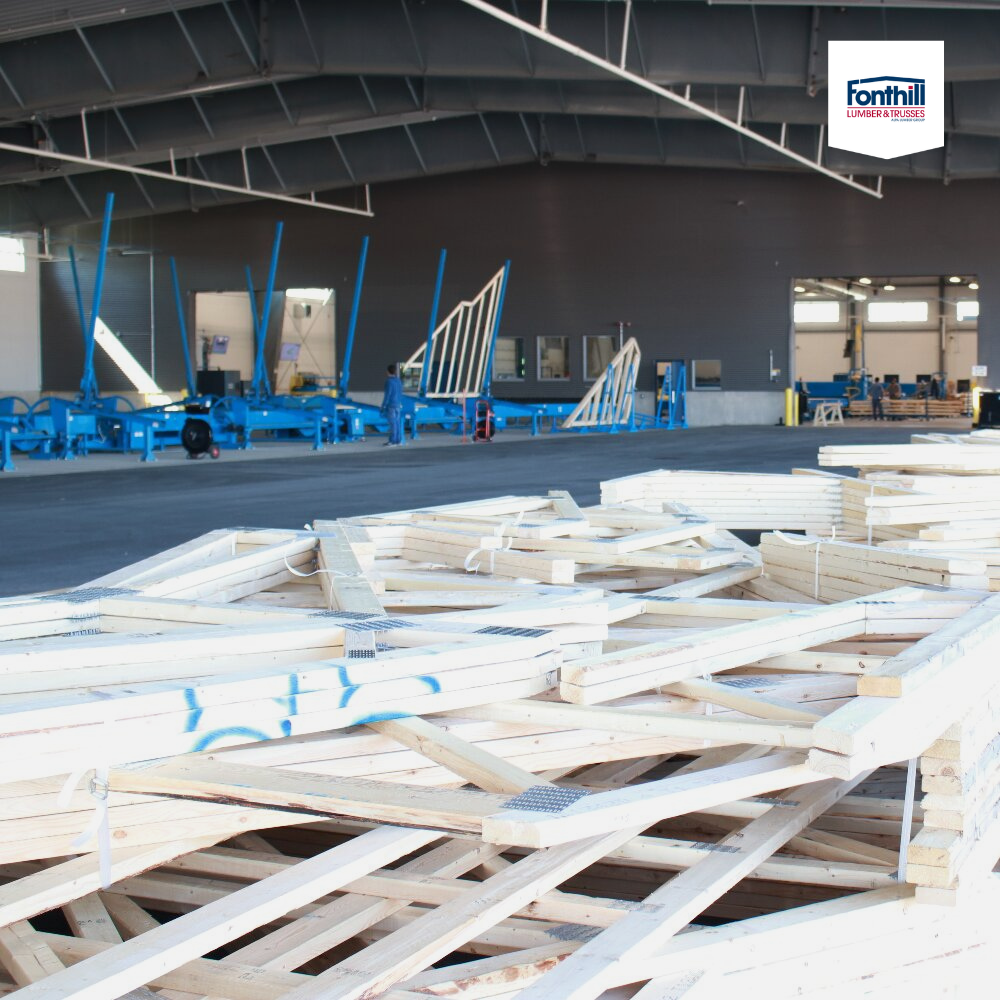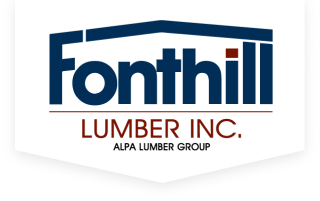The Consequences Of Modifying Roof Trusses On-Site

Whether you have a single-unit or a multi-unit build on your hands, roof trusses will form an integral part of the entire structure.
These engineered systems are not just wooden systems made up of lumber pieces connected with plates. They are sophisticated structures that determine the integrity and load capacity of the project they are a part of.
Ergo, even the smallest change – whether it is a cut, a notch, or a hole – can have a huge impact on how the truss carries load. That’s why field modifications, even tiny ones, are discouraged. After all, you do not want to end up with a system that poses serious structural and legal issues.
In this blog, Fonthill Lumber Inc. – Ontario’s number one roof truss supplier- will elaborate on the consequences of modifying roof trusses onsite so you can decide if making that cut is worth it.
Why Are Roof Trusses Pre-Engineered In Lumber Yards?
Roof trusses are complex structures that require skills and expertise to build. Manufacturing them in the controlled environment of a lumber yard ensures precision, structural integrity, cost-effectiveness, and speedy installation when compared to building them onsite.
Besides, each truss is carefully designed to carry a specific load path that covers a range of elements, including the weight of the roof itself, wind, snow, and dead loads. Truss designers take that into account along with its plates and geometries to ensure the complete structure meets the load requirements of your project.
Why Are On-Site Roof Truss Modifications A Bad Idea?
As you can see, every single component of a truss system is precisely selected, built, and assembled to maintain its structural integrity. Even the slightest change to its final arrangement can affect its load transfer.
So if you cut or drill into any one of its members, you can expect the following consequences:
- Excessive deflection or sagging
- Joint plate failure
- Cracks in the roof or ceiling
- Long-term safety hazards
Do not underestimate the effect of a small field change. It carries the potential to totally destabilize the structure and destroy its original engineering.
How Unauthorized Roof Truss Modifications Void Certifications
Roof trusses manufactured in Ontario must comply with CSA and OBC standards. They must also bear the stamp of a professional engineer before they are delivered to your site.
So if you try to alter the trusses on your own without the written approval of the concerned engineer, you instantly invalidate its certification.
The outcome of this can take a toll on your project. Since you no longer have a code-compliant truss system, you are unlikely to receive an occupancy certificate on time. Furthermore, it makes you liable for any structural failures. If you ask us, field modifications are never worth the risk.
How To Avoid On-Site Roof Truss Changes
Most field cuts happen due to a lack of coordination between mechanical routes at the design stage. Fortunately, this is entirely avoidable if you partner with a reliable lumber yard.
Before the process of designing begins, make sure you share all HVAC and plumbing layouts with truss designers. You can also request for trusses that feature dedicated openings for duct runs. Finally, you must stay in constant touch with your lumber yard to ensure the trusses you receive match your specifications in an exact manner.
What To Do When Field Roof Truss Alterations Are Necessary?
On-site roof truss modifications can be necessary in exceptional circumstances, such as damage to the system. In such cases, you must immediately contact the lumber yard you got it from. Their team of professional engineers will either repair or reinforce broken components in a way that keeps its certification intact.
Conclusion
Field fixes might seem like cost-cutting measures, but they can turn out to be really expensive for your project. By nullifying certifications and warranties, they can give rise to structural issues and legal troubles.
You can save yourself from the hassle by ensuring field fixes are not needed in the first place. We can help you with that.
Fonthill Lumber Inc. delivers precision-engineered roof truss systems to Ontario contractors that eliminate the need for onsite modifications. Our team works directly with builders, framers, and engineers to ensure you get code-compliant trusses built as per your specifications. Contact us to get ready-to-install systems designed for safety and performance.
FAQs
Can the end of a truss be trimmed to fit onsite framing?
No. Trimming truss ends not only alters their load path but also voids the structure’s certifications and engineer approval.
What if a roof truss system is damaged during delivery?
Do not attempt a DIY fix. Contact the lumber yard you got it from immediately to request professional repair or replacement that does not invalidate its certification.
Can holes be drilled into a roof truss to make space for wiring or ducts?
Only if you get written permission from truss’s engineer to do so. If you do not have the required authorization, you risk sacrificing the integrity of the entire structure.


